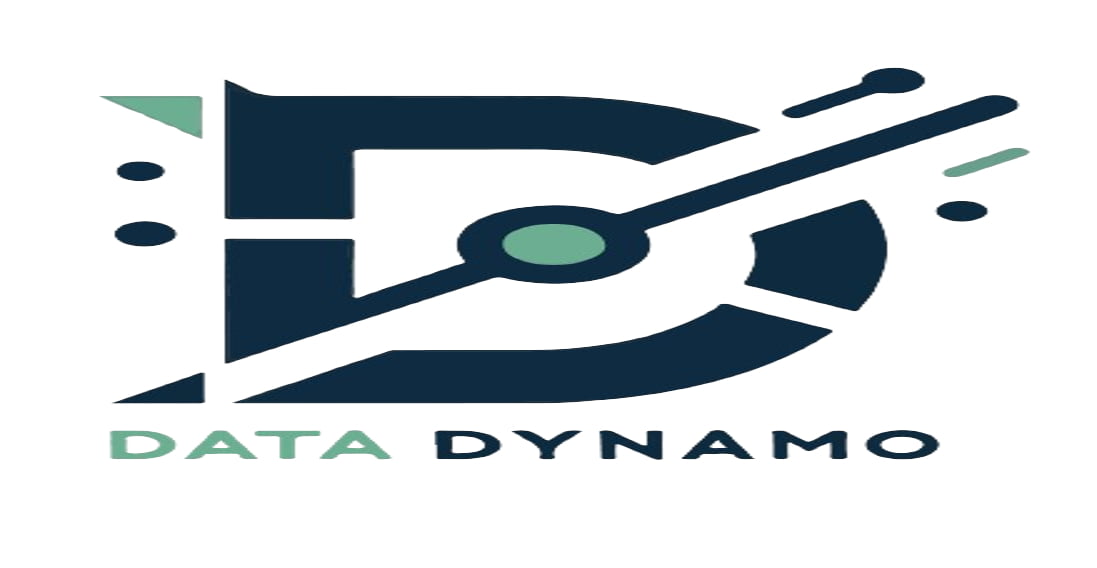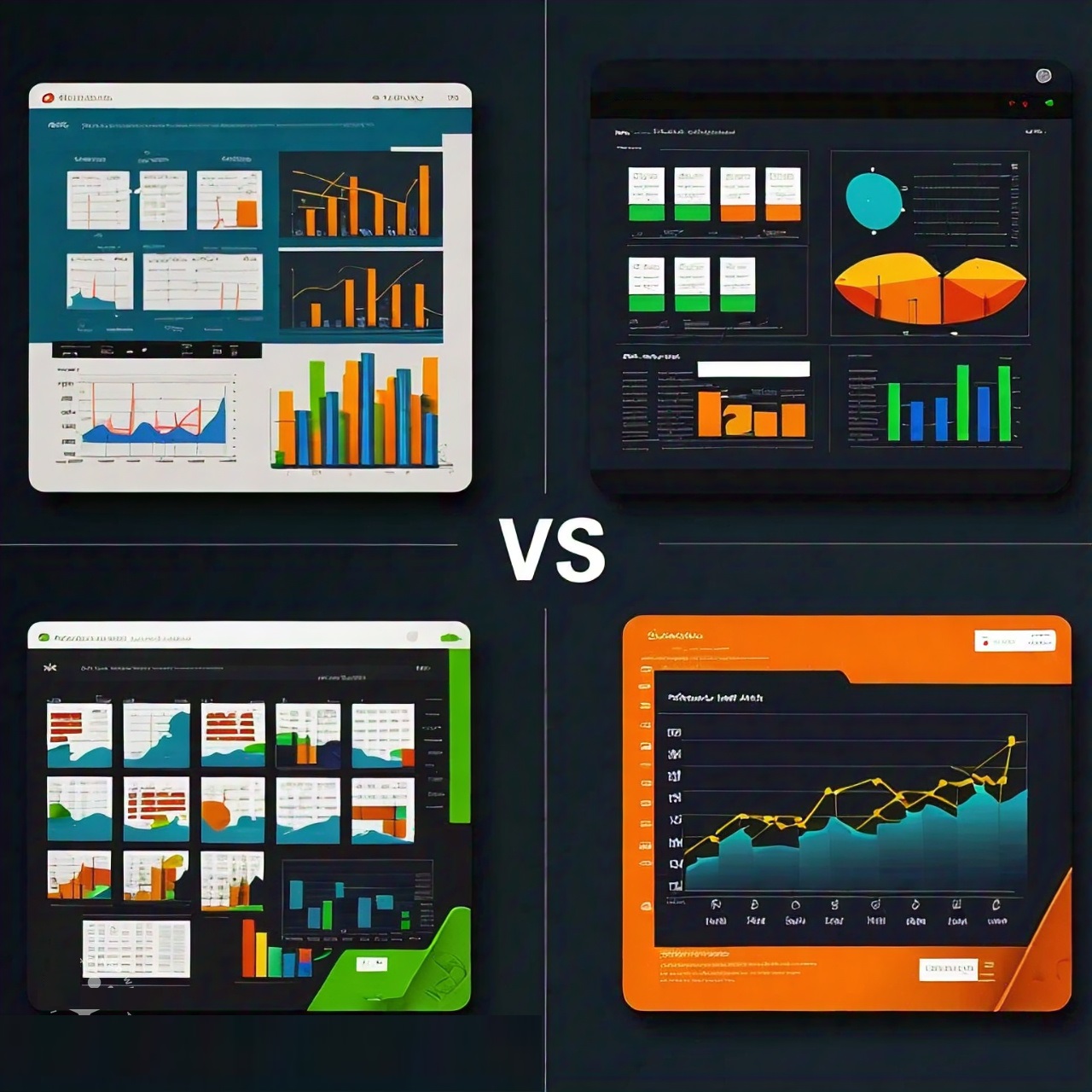
ETL vs. EDA: Purpose, Lifecycle, Tasks, Benefits, Challenges, & Tools
Table of Contents
Introduction
ETL vs. EDA: Purpose, Lifecycle, Tasks, Benefits, Challenges, & Tools
There are two main methods that are very important in the world of data handling and analysis. These are ETL (Extract, Transform, Load) and EDA (Exploratory Data Analysis). Professionals who work with data need to know the differences between ETL and EDA because each has a different goal and uses different methods. This piece goes into detail about the differences between ETL and EDA (ETL vs EDA) , including their uses, lifecycles, and tasks. It does this to help you understand how to manage and analyze data more effectively.
Purpose
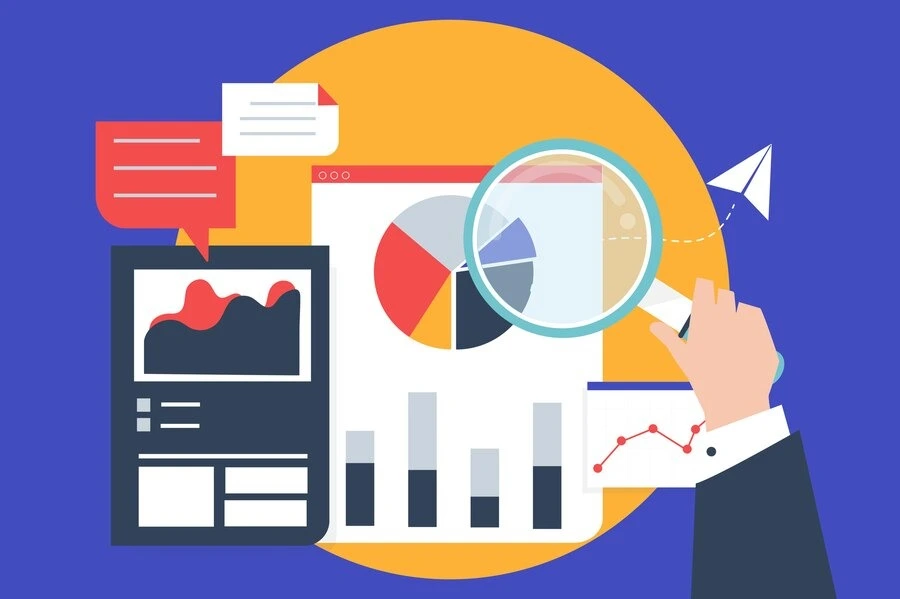
Purpose of ETL
What Does ETL Mean?
Extract, Transform, and Load is what ETL stands for. In data warehousing and data integration, this is the process of getting data from different sources, putting it in the right order, and loading it into a database or data warehouse.
Key Objectives
- The primary objectives of ETL are to
- Integrate data from multiple sources
- Ensure data consistency and quality
- Provide a centralized view of data for analysis and reporting
This is where ETL is often used
- Data warehousing
- Business intelligence applications
- Data migration projects
- Integrating data from various sources
Purpose of EDA
What Does EDA Mean?
Exploratory Data Analysis (EDA) is a way to look at sets of data to find out what their main features are. It is usually done visually. This is a very important part of analyzing data because it helps find patterns, spotting anomalies, and testing hypotheses.
Key Objectives
- Understanding the underlying structure of data
- Identifying outliers and anomalies
- Testing underlying assumptions
- Generating hypotheses for further analysis
This is where EDA is often used
- Initial phase of data analysis projects
- Research and development
- Identifying trends and patterns
- Preparing data for more advanced statistical modelling
Lifecycle

Lifecycle of ETL
Phase of Extraction
During the extraction step, data is gathered from a variety of places, including databases, flat files, APIs, and other data stores. The goal is to get back all the important data with as little damage as possible to the source systems.
Phase of Transformation
The extracted data is cleaned, normalized, and formatted in the transformation process so that it fits the needs of the target database or data warehouse. In this step, data is often checked for errors, duplicates are removed, and data is added to.
Phase of Loading
The last step is loading, which is when the changed data is put into the target system. This could be a data warehouse, a data lake, or some other type of data store system. This step makes sure that the data is ready to be queried and analyzed.
Lifecycle of EDA
Getting the data
The first step in EDA is data collection, which means getting useful data from different sources. This information is what we use to analyze and explore.
Cleaning up data
Finding and fixing mistakes, working with missing values, and making sure the data is in a consistent format are all parts of data cleaning. For correct analysis, you need clean data.
Data Visualization
A big part of EDA is visualization. Using charts, graphs, and other visual aids to find patterns, trends, and outliers in the data is what it means.
Statistical Analysis
In EDA, statistical analysis means using different statistical methods to describe the main features of the data. This step helps you figure out how the data is spread out, what the central trend is, how variable the data is, and how variables are related to each other.
Tasks
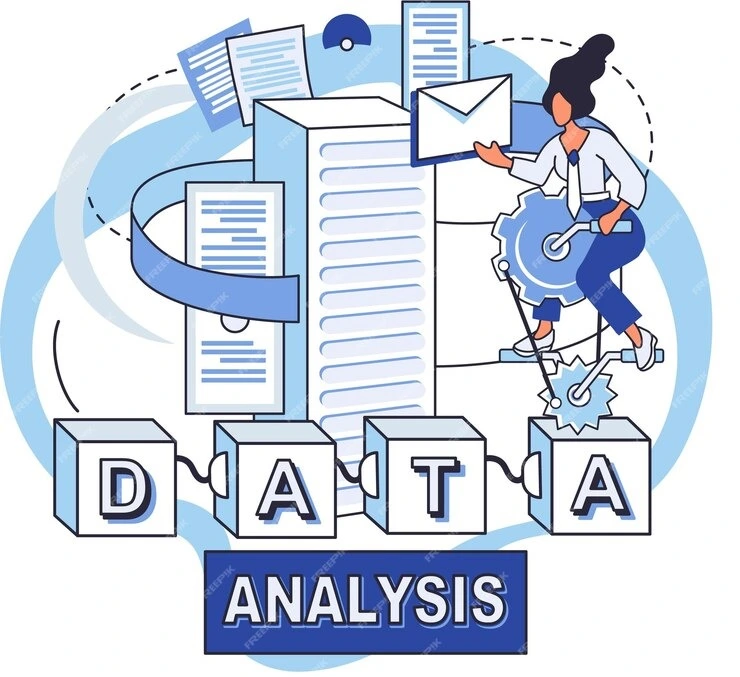
Tasks in ETL
Data Extraction
Full extraction: means getting all the data from the source systems.
Incremental extraction: Getting back only the data that has changed since the last extraction
Real-time extraction: means getting info all the time as it changes.
Data Transformation
Cleaning up data means getting rid of copies and fixing mistakes.
Data normalization means organizing data so that it doesn’t repeat itself.
Putting together detailed info into a summary makes it easier to analyze.
Data Loading
Different loading strategies are used depending on the machine being loaded and its needs.
Full load: Getting all the info at once
Only loading new or changed data is called incremental load.
Batch load means loading data in groups at set times.
Tasks in EDA
Data Exploration
Methods of exploration include:
Using statistics to figure out things like mean, median, and standard deviation
Correlation analysis looks at how two factors are related to each other.
Finding outliers: finding data points that aren’t typical
Data Visualization
Identifying Patterns and Trends: Helps identify patterns, trends, and outliers in the data.
Simplifying Complex Data: Transforms complex datasets into easy-to-understand visual formats.
Hypothesis Generation and Validation: Facilitates hypothesis generation and validation visually.
Communicating Insights: Communicates analytical insights clearly to stakeholders.
Statistical Analysis
Some of the statistical methods used in EDA are:
Descriptive statistics: putting together traits of data
Inferential statistics: When you use sample data to draw conclusions about a whole community, you are using inferential statistics.
Hypothesis testing: putting ideas about the facts to the test
Comparing

Differences in Purpose
ETL is about putting data together and getting it ready for analysis and reporting. EDA, on the other hand, is about studying and understanding data to find insights.
Differences in Lifecycle
ETL has a structured process that includes loading, transforming, and extracting data. This is done to make sure that the data is correct and consistent. EDA lets you collect, clean, visualize, and analyze data in a way that is more fluid and iterative.
Differences in Tasks
ETL tasks are mostly about preparing and integrating data, which involves using technology steps to make sure the data is ready. The tasks that come under EDA are more analytical and focus on looking into the features of data and finding insights by using statistics and visualization.
Benefits

Benefits of ETL
Scalability
ETL methods are made to deal with a lot of data, which means they can be used as data needs grow.
Data Consistency
ETL makes sure that data is uniform and reliable for analysis by combining data from different sources and using transformation rules.
Improved Data Integration
ETL makes it easy to combine data from different systems, giving you a clearer picture of the data that helps you make better decisions.
Benefits of EDA
Better Data Understanding
EDA helps analysts get a deep understanding of data, which lets them find patterns and connections that were previously unknown
Identifying Patterns and Trends
EDA finds patterns and trends that might not be clear at first glance by using visualization and statistical analysis.
Enhanced Decision-Making
EDA helps people make smart decisions and plan strategically by giving them information about the features of data.
Challenges
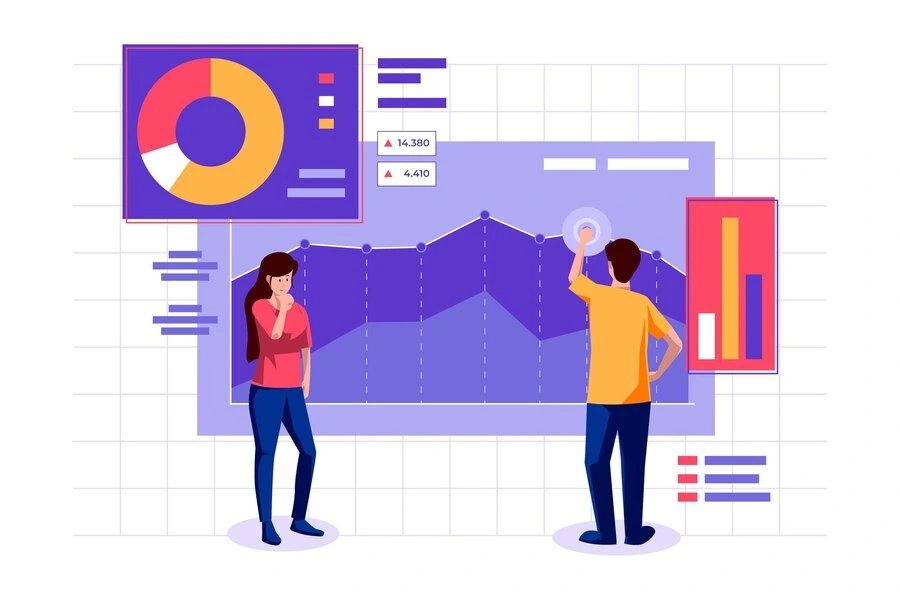
Challenges in ETL
Problems with the Quality of the Data
A big problem in ETL is making sure that the data quality is good, since bad data can cause analysis and reporting to be wrong.
Bottlenecks in performance
Performance problems can happen with ETL processes, especially when they have to deal with a lot of data or changes that are hard to understand.
Complexity of Maintenance
ETL processes can be hard to keep up with because they need to be constantly inspected and updated to adapt to new data sources and needs.
Challenges in EDA
Taking Care of Big Datasets
In EDA, it can be hard to analyze big datasets because you need effective tools and methods to handle and process data.
Ensuring Accuracy
It is very important to check the accuracy of the ideas that come from EDA, since wrong analysis can lead to wrong conclusions.
Complexity in Data Interpretation
You need to know a lot about analytical methods in order to understand complicated data visualizations and statistical results.
Tools
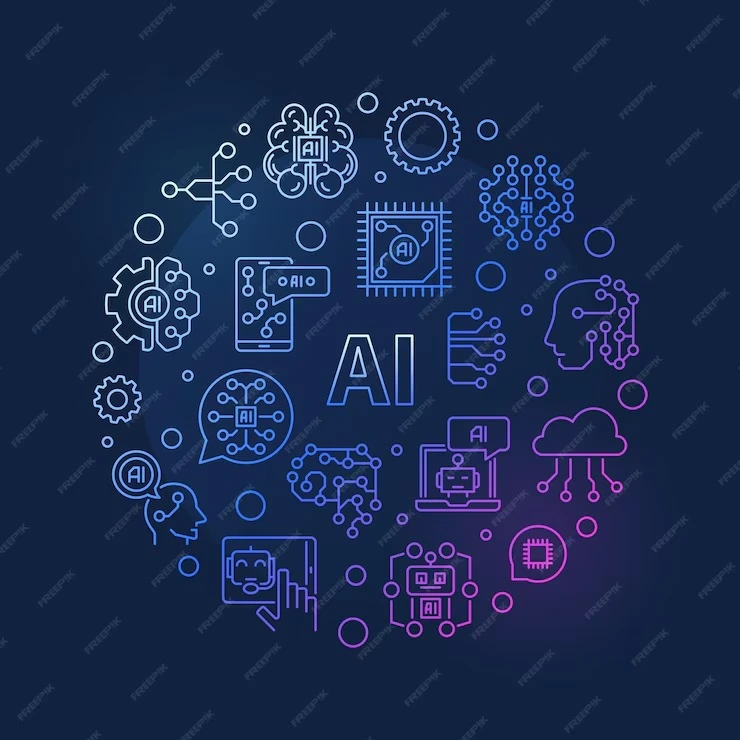
ETL Tools
These are some well-known ETL tools:
Apache Nifi
Thalund
Integration Services for Microsoft SQL Server (SSIS)
PowerCenter from Informatica
What it Does and How It Works
Most ETL tools have abilities like the ones below:
Getting data from a lot of different sources
Changing and cleaning up data
Setting up schedules and automating ETL processes
Monitoring and dealing with errors
EDA Tools
These are some well-known EDA tools:
You can use Python tools like Pandas, Matplotlib, and Seaborn in Jupyter Notebook.
It comes with R tools like ggplot2 and dplyr.
Tableau
Power BI from Microsoft
What it Does and How It Works
Often, EDA tools offer:
Interactive data visualization capabilities
Statistical analysis functions
Integration with various data sources
User-friendly interfaces for data exploration
In conclusion

Both ETL and EDA are important methods for managing and analyzing data, but they do different things that work well together. ETL focuses on the technical parts of preparing and integrating data, making sure that the data is consistent and ready to be analyzed. EDA, on the other hand, stresses understanding and studying data to find insights and help make decisions. When businesses understand the differences between ETL and EDA and use their strengths, they can create complete data plans that help them analyze data well and make smart business decisions. Learn How chatgpt 4o Can Help Improve Your Data Analysis Expertise.
FAQS
What does ETL and EDA vary from each other?
The main difference is that ETL focuses on extracting, transforming, and loading data for integration and consistency, while EDA involves exploring and analyzing data to uncover insights and patterns.
Is it possible to use ETL and EDA together?
Yes, ETL and EDA can be used together. ETL prepares and integrates the data, making it ready for analysis, while EDA explores and analyzes the prepared data to gain insights.
What industries benefit the most from ETL and EDA?
Industries such as finance, healthcare, retail, and telecommunications benefit greatly from ETL and EDA, as these processes help in managing and analyzing large volumes of data for better decision-making.
How do I pick between ETL and EDA?
Choosing between ETL and EDA depends on the specific needs of your project. If you need to integrate and prepare data from multiple sources, ETL is the way to go. If your goal is to explore and analyze data to gain insights, EDA is more suitable.
What will happen next in ETL and EDA?
Future trends in ETL and EDA include the increasing use of AI and machine learning to automate processes, the rise of real-time data processing, and the integration of advanced analytics and visualization tools to enhance data analysis capabilities.
